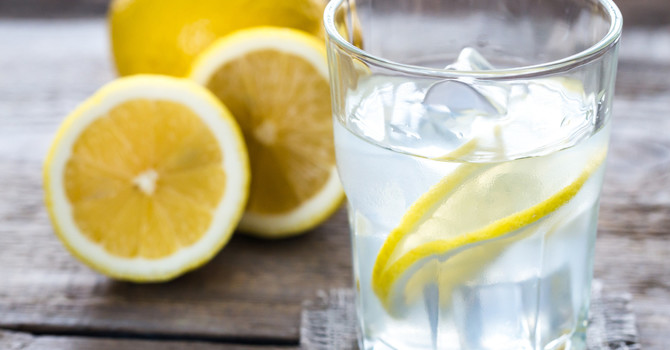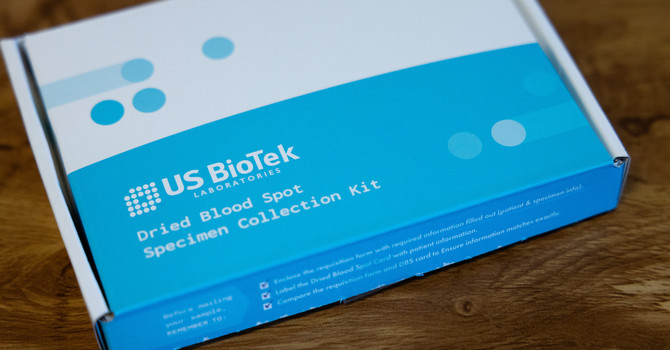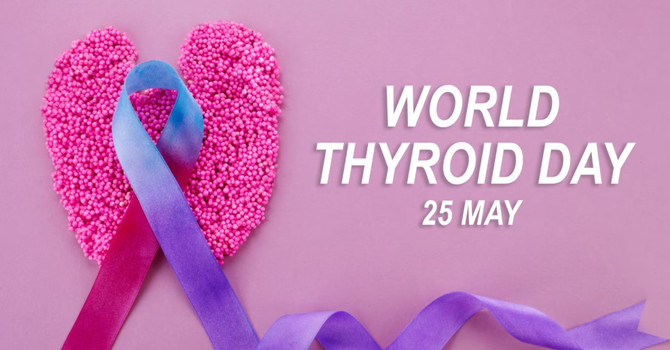-
Back in Line Family Chiropractic & Wellness
-
Back in Line Family Chiropractic and Wellness
1212 Dina Ct
Hiawatha, IA
52233-4706
Contact
-
Phone:
3198923363 -
Fax:
319-892-3034
Office Hours
Monday 8-6
Tuesday 8-6
Wednesday 8-4
Thursday 8-6
Friday 8-1
© 2025 Back in Line Family Chiropractic and Wellness. All Rights Reserved.
|
Login










